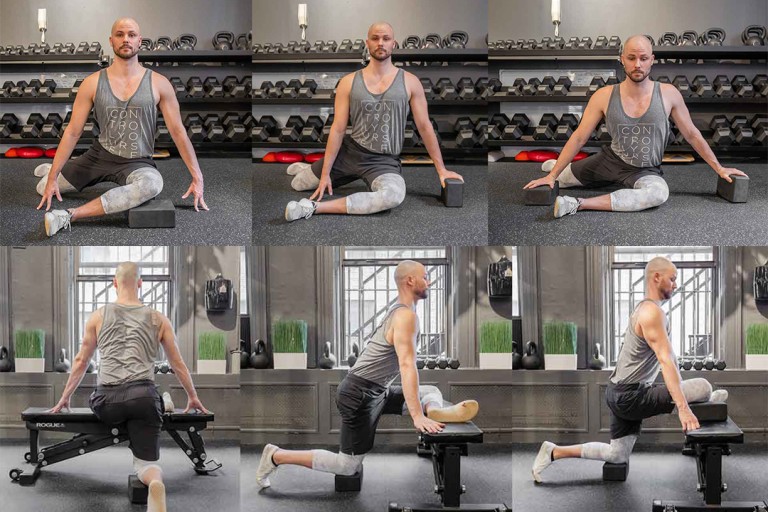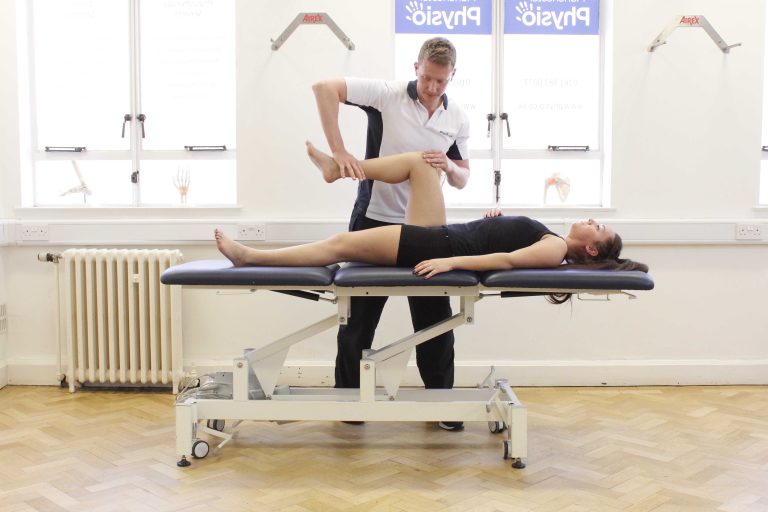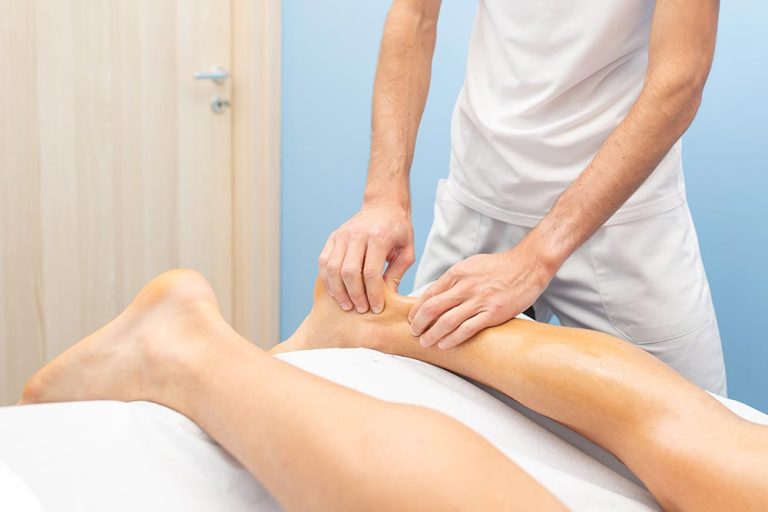Kinetic Chain Exercises: Unleashing the Power Within!
Are you ready to unlock the full potential of your body? Enter the world of kinetic chain exercises and prepare to be amazed.
These dynamic movements involve the synchronized effort of multiple joints, offering benefits that go far beyond the standard workout routine. From preventing injuries to sculpting your dream body, kinetic chain exercises have it all.
Whether you’re recovering from an injury or aiming to enhance your athletic performance, these exercises will revolutionize your fitness journey. Discover the power of open and closed chain exercises, and witness firsthand how they can transform your body.
Get ready to unleash the kinetic energy within you.
kinetic chain exercises
Kinetic chain exercises involve the movement of joints and segments in the body. They are used by physical therapists, chiropractors, and personal trainers for various purposes, including injury prevention, recovery, body sculpting, and performance enhancement.
There are two types of kinetic chain exercises: open and closed. Open chain exercises isolate specific muscles, while closed chain exercises closely approximate movements used in daily life or sports.
Both types of exercises have benefits in pain management, injury recovery, post-surgical care, and athletic training. Examples of kinetic chain exercises include push-ups and calf raises.
These exercises are important for analyzing human movement patterns and improving motor function. In rehabilitation settings, both open and closed kinetic chain exercises are used for ACL injuries and shoulder rehabilitation.
The combined use of both types of exercises has been found to be more effective in accelerating rehabilitation. Closed chain exercises are more beneficial in shoulder rehabilitation due to their emphasis on co-contraction force couples and stability.
For patellofemoral pain syndrome (PFPS), quadriceps strengthening exercises are recommended, with both open and closed chain exercises having a positive effect. Closed kinetic chain exercises with limited knee flexion are better tolerated in PFPS patients, with squats being commonly prescribed.
Key Points:
- Kinetic chain exercises involve movement of joints and segments in the body, used for injury prevention, recovery, body sculpting, and performance enhancement.
- There are two types of kinetic chain exercises: open chain and closed chain.
- Open chain exercises isolate specific muscles, while closed chain exercises mimic movements used in daily life or sports.
- Both types of exercises have benefits in pain management, injury recovery, post-surgical care, and athletic training.
- Examples of kinetic chain exercises include push-ups and calf raises.
- Combination of open and closed chain exercises is more effective in rehabilitation, with closed chain exercises being more beneficial for shoulder rehabilitation and stability.
Sources
https://www.healthline.com/health/4-kinetic-chain-exercises
https://www.physio-pedia.com/Kinetic_Chain
https://www.shape.com/fitness/tips/kinetic-chain-exercises
https://www.verywellhealth.com/open-and-closed-kinetic-chain-296949
Check this out:
💡 Pro Tips:
1. Incorporate multi-joint exercises: To fully engage the kinetic chain, incorporate exercises that involve multiple joints and segments in the body. Examples include squats, lunges, deadlifts, and overhead presses.
2. Focus on proper form and technique: When performing kinetic chain exercises, it is crucial to prioritize proper form and technique. This helps maximize the effectiveness of the exercise and reduces the risk of injury.
3. Create a balanced workout routine: Balance your kinetic chain exercises to target all major muscle groups and movement patterns. This helps promote symmetry, prevent muscle imbalances, and minimize the risk of overuse injuries.
4. Progress gradually and listen to your body: Gradually increase the intensity, duration, and complexity of your kinetic chain exercises over time. However, always listen to your body and adjust accordingly to avoid pushing yourself too hard and risking injury.
5. Seek guidance from a professional: If you are new to kinetic chain exercises or have specific goals or limitations, consider seeking guidance from a qualified professional such as a physical therapist or personal trainer. They can provide personalized advice and ensure that you are performing the exercises correctly and safely.
1. Introduction To Kinetic Chain Exercises
Kinetic chain exercises are a crucial part of physical therapy, chiropractic treatment, and personal training programs. These exercises involve the coordinated movement of various joints and segments in the body.
By activating multiple joints and muscles simultaneously, kinetic chain exercises help improve overall mobility, stability, and strength.
Traditionally, kinetic chain exercises have been used for injury prevention, injury recovery, body sculpting, and enhancing athletic performance. They are particularly effective in rehabilitating musculoskeletal conditions such as ACL injuries, shoulder rehabilitation, and patellofemoral pain syndrome (PFPS).
2. Types Of Kinetic Chain Exercises: Open And Closed
There are two main types of kinetic chain exercises: open chain and closed chain exercises. Both types have unique characteristics and benefits.
- Open chain exercises are performed with the distal segment of the body free to move. This allows for precise isolation of specific muscles.
Examples of open chain exercises include bicep curls and leg extensions. – Closed chain exercises, on the other hand, involve joints where the distal segment is fixed or meets external resistance.
This requires muscular co-contraction for stabilization. Common closed chain exercises include push-ups and squats.
It is important to note that the classification of exercises as open or closed kinetic chain has been a topic of debate among professionals in the field, with some proposing alternative terminology to better capture the complexity of movement patterns.
3. Benefits Of Kinetic Chain Exercises
Kinetic chain exercises offer a wide range of benefits for individuals of all ages and fitness levels. Some key benefits include:
-
Enhanced joint stability: By engaging multiple joints and muscles simultaneously, kinetic chain exercises promote greater joint stability and functional movement patterns. – Injury prevention: Through increased muscular strength and balance, kinetic chain exercises help prevent injuries by improving the body’s ability to absorb and distribute forces during physical activities.
-
Improved performance: Kinetic chain exercises are essential for athletes looking to enhance their performance on the field or in their chosen sport. By replicating specific movements used in sports, closed chain exercises can help athletes improve their agility, power, and coordination.
-
Pain management and recovery: Kinetic chain exercises are often used in rehabilitation settings to manage pain and aid in the recovery process. They help strengthen weak muscles, improve flexibility, and restore normal movement patterns after an injury or surgery.
4. Examples Of Kinetic Chain Exercises
Kinetic chain exercises can be performed using various equipment or simply with body weight. Here are some examples of common kinetic chain exercises:
-
Push-ups: This closed chain exercise engages multiple muscle groups, including the chest, shoulders, triceps, and core. – Squats: Squats are a popular closed chain exercise that targets the lower body, including the quadriceps, hamstrings, glutes, and core.
-
Calf raises: This open chain exercise focuses on strengthening the calf muscles and improving ankle stability. – Lunges: Lunges are a versatile exercise that targets the quadriceps, hamstrings, glutes, and core while also improving balance and coordination.
-
Step-ups: Step-ups are another effective closed chain exercise that targets the quadriceps, hamstrings, glutes, and core. They also mimic movements used in daily activities such as climbing stairs.
5. Debate And Terminology Regarding Kinetic Chain Exercises
While kinetic chain exercises are widely accepted and used, there is ongoing debate regarding the classification of exercises as open or closed chain. Some argue that these terms oversimplify the complexity of movement patterns and suggest alternative terminology to better capture the nuances.
Nevertheless, regardless of the terminology, the importance of analyzing human movement patterns and improving motor function remains a central focus of kinetic chain exercises. Professionals in the field continue to study and refine their understanding of these exercises to optimize their application in various settings.
6. Application Of Kinetic Chain Exercises In Rehabilitation
Kinetic chain exercises play a critical role in rehabilitation programs, particularly in the treatment of ACL injuries, shoulder rehabilitation, and patellofemoral pain syndrome (PFPS). In these settings, both open and closed chain exercises are utilized to effectively restore strength, function, and range of motion.
For ACL injuries, a combination of open and closed chain exercises has been found to be more effective in accelerating rehabilitation. Closed chain exercises, such as squats, are particularly beneficial for shoulder rehabilitation as they emphasize co-contraction force couples and stability.
In the case of PFPS, quadriceps strengthening exercises, including both open and closed chain exercises, have a positive effect. Closed chain exercises with limited knee flexion are generally better tolerated by PFPS patients.
Commonly prescribed closed kinetic chain exercises for PFPS include squats, lunges, and step-ups.
In conclusion, kinetic chain exercises have numerous benefits and applications in injury prevention, recovery, and athletic training. By understanding the different types of kinetic chain exercises and their specific benefits, professionals can optimize their use to improve motor function, enhance performance, and aid in the rehabilitation process.
So, unleash the power within by incorporating kinetic chain exercises into your fitness routine and experience the transformative effects on your body and well-being!







